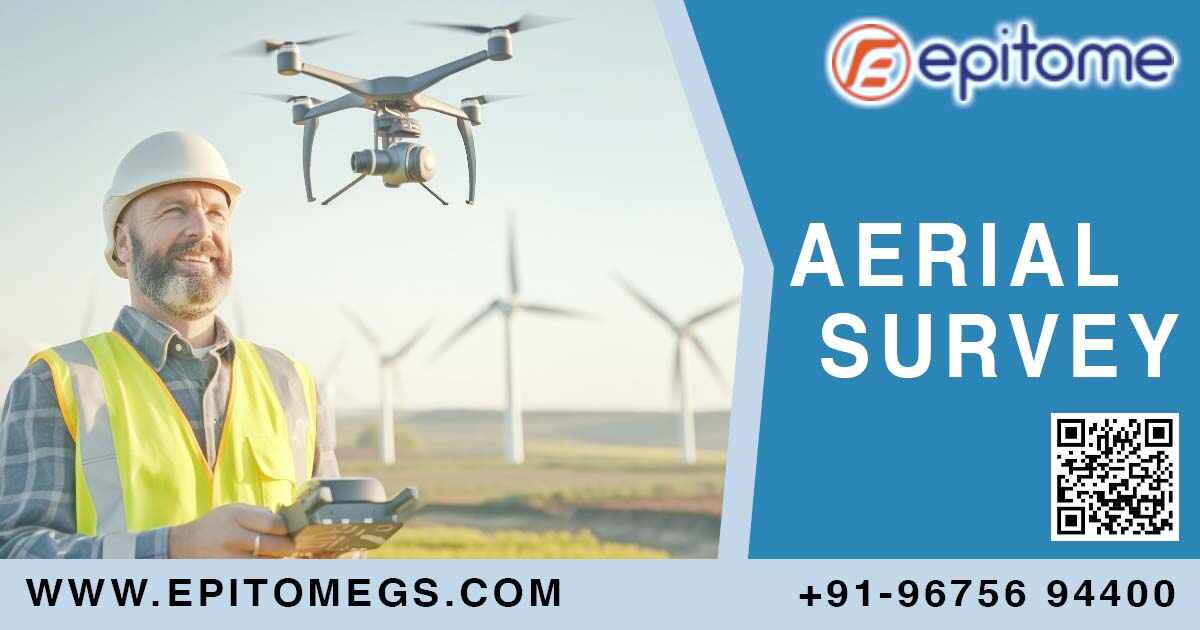
Aerial Survey Epitome
Epitome Geo Technical Services stands out as a trusted provider of Aerial Survey Services

© 2024 Crivva - Business Promotion. All rights reserved.